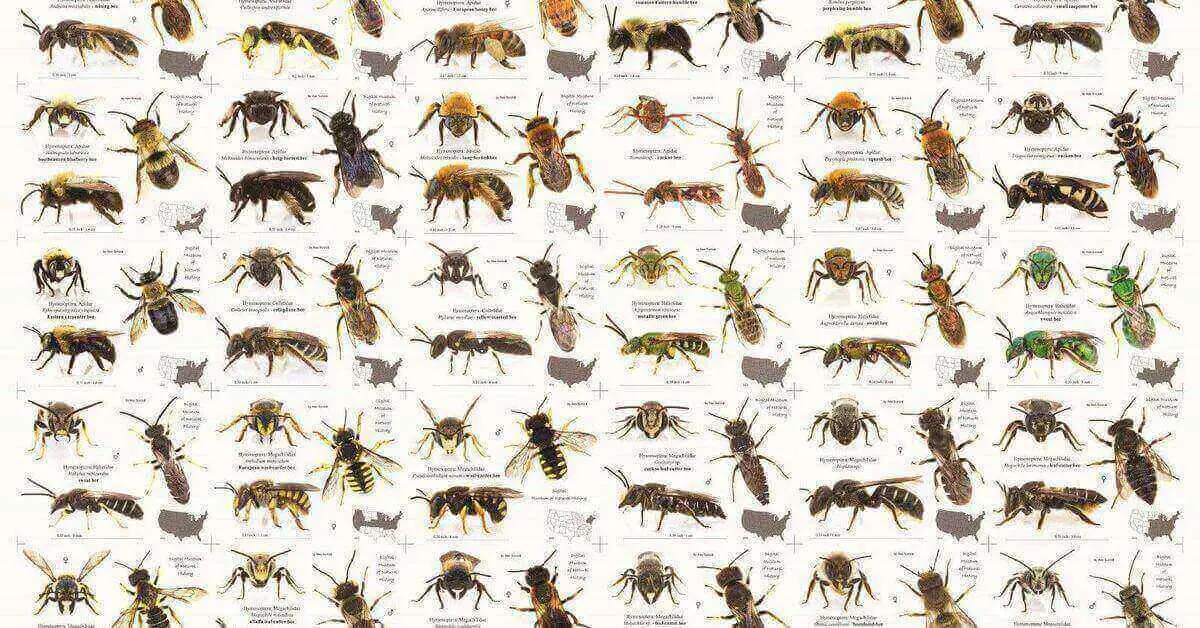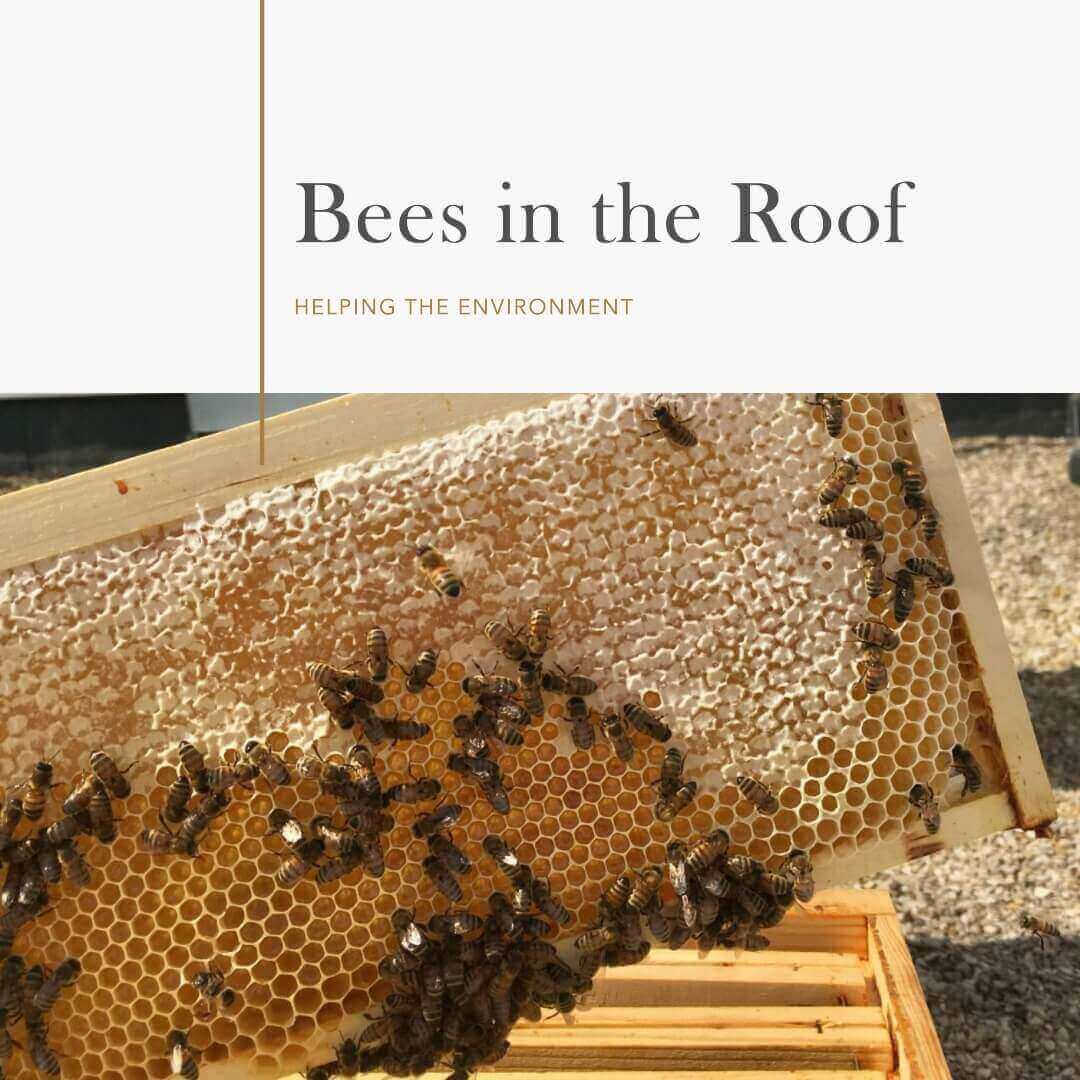In the enchanting realm of buzzing insects, two prominent species often find themselves entangled in a curious debate: the industrious honey bees and the enigmatic carpenter bees. While both play crucial roles in our ecosystem, a lingering question persists: Do Carpenter Bees Kill Honey Bees?
Do Carpenter Bees Kill Honey Bees?
To understand this buzzing controversy, let’s first delve into the world of carpenter bees. These solitary creatures are known for their impressive woodworking skills. With precision and determination, they carve neat tunnels into wood, fashioning ideal homes for their offspring. Yet, their methods often lead to concern among those who cherish wooden structures.
Physical Characteristics:
- Honey Bees: Honey bees are typically smaller in size compared to carpenter bees, with slender bodies covered in fine hairs. They have distinct black and yellow stripes across their abdomen.
- Carpenter Bees: Carpenter bees are larger and stouter than honey bees. They often have a shiny black abdomen and can be mistaken for bumblebees due to their size. Unlike honey bees, carpenter bees lack the characteristic black and yellow stripes.
Nesting Behavior:
- Honey Bees: Honey bees are social insects that live in large colonies. They construct intricate hives made of beeswax, often in tree hollows, crevices, or man-made beehives.
- Carpenter Bees: Carpenter bees are solitary bees that nest in wood. They tunnel into soft, unpainted wood to create galleries where they lay their eggs. These tunnels can cause damage to wooden structures over time.
Powers and Abilities:
- Honey Bees: Honey bees have the remarkable ability to communicate through intricate dances known as the waggle dance, which helps them convey the location of food sources to other members of the colony. They are also efficient pollinators, visiting numerous flowers in search of nectar and pollen.
- Carpenter Bees: Carpenter bees possess impressive strength and agility, allowing them to bore into solid wood with their powerful jaws. While they are also pollinators, their focus on wood-boring behavior sets them apart from honey bees.
A Carpenter Bee’s Arsenal
Equipped with powerful mandibles, carpenter bees meticulously excavate their chosen nesting sites. This behaviour, though fascinating, raises eyebrows when these sites coincide with human-made structures. The potential damage to wooden decks, eaves, and fences becomes a point of contention.
A Clash of Bees: Carpenter vs Honey
Now, let’s address the heart of the matter: the perceived rivalry between carpenter bees and their honey-making counterparts. It’s crucial to recognize that these two species occupy distinct niches in the ecosystem.
Honey Bee Havens
Honey bees are renowned for their communal lifestyle. They construct intricate hives, tirelessly forage for nectar, and diligently produce honey, which sustains their colony through lean times. Their diligent work benefits not only their colony but also our agricultural landscapes.
The Buzzing Détente
Contrary to popular belief, carpenter bees and honey bees generally coexist without hostility. Their foraging habits seldom overlap, as they target different flowering species. Carpenter bees gravitate towards larger, tubular blooms, while honey bees favour flatter, more accessible blossoms.
The Myth of Bee-on-Bee Aggression
It’s important to dispel the myth of carpenter bees attacking honey bees. These two species rarely cross paths in a manner that would lead to conflict. Their interactions, if any, are usually benign, limited to chance encounters while foraging.
Related Posts:
In Defense of Carpenter Bees
Though often cast as culprits, carpenter bees play a vital role in pollination. Their distinctive foraging patterns introduce diversity into pollinator populations, enriching the floral landscape.
A Symphony of Pollinators
Imagine a harmonious orchestra of pollinators, each species contributing its unique melody to the ecosystem’s grand composition. Carpenter bees, honey bees, bumblebees, and myriad other insects work together, each fulfilling a specialized role.
Conclusion
In conclusion, the notion of carpenter bees as antagonists to honey bees is largely a misconception. These creatures, though distinct in their behaviors and nesting habits, coexist in a delicate balance within the intricate tapestry of our ecosystem.




